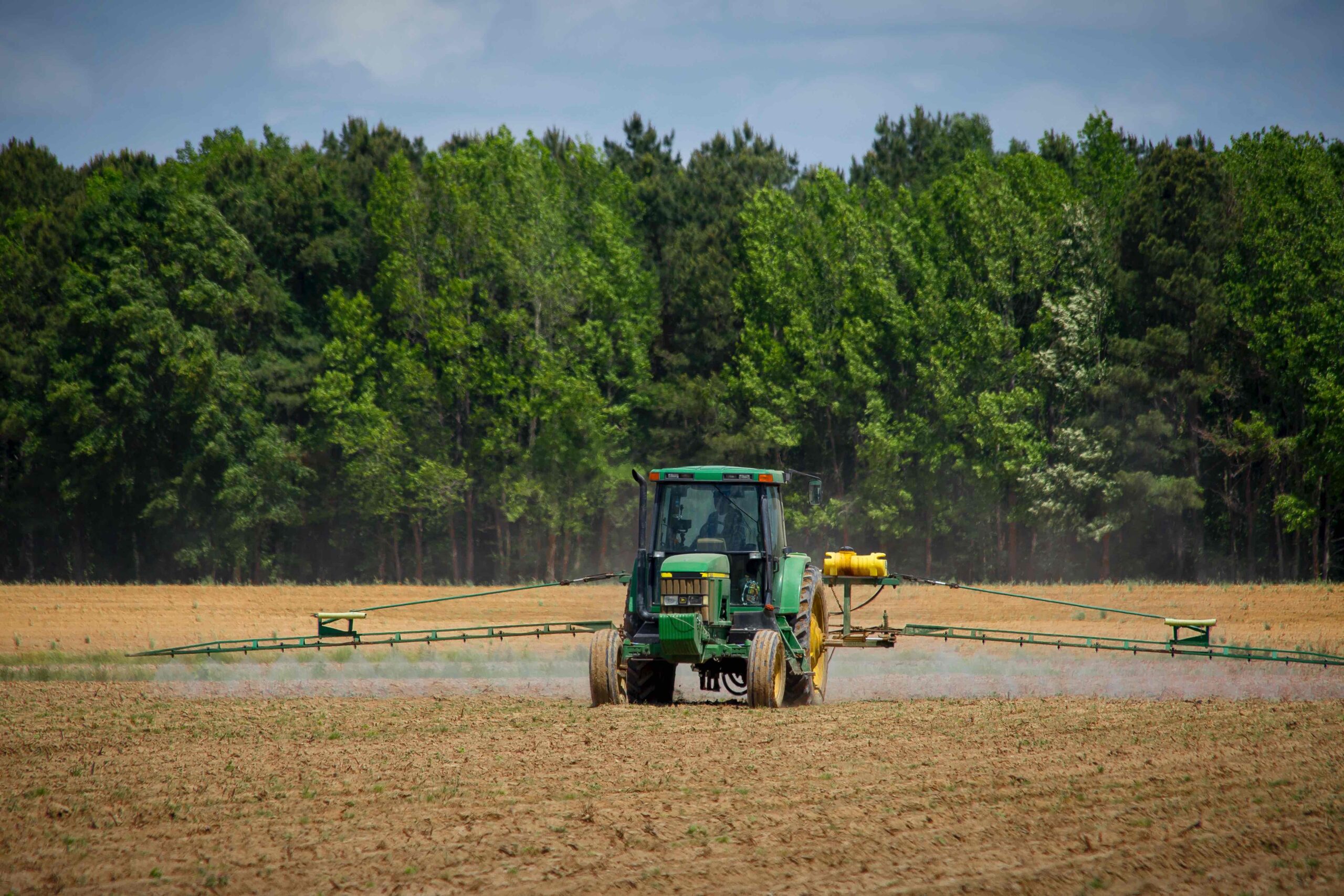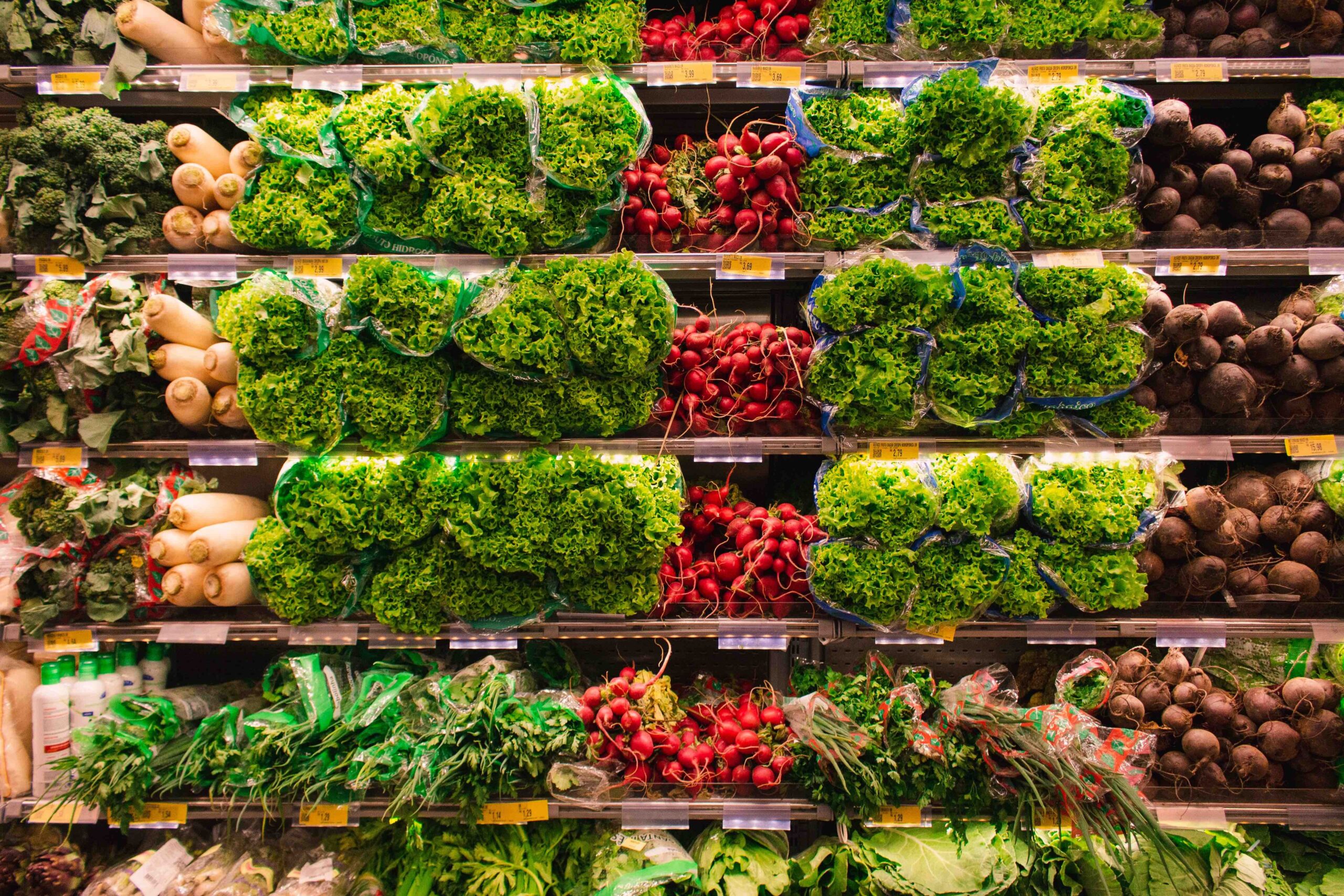As a continuation of the “How Much Can I Sell This For?” series, this article focused on evaluating market potential. Part I, Part II.
Producers may have different opportunities with CSAs, restaurants, farmers markets, wholesale markets, on-farm, and retail outlets. So how can these avenues be evaluated? It will likely look different depending on the producer. For risk management purposes, it is recommended to set up multiple marketing channels. If one market is lost, there are still opportunities to make sales and find buyers for all of your products.
Important questions to ask include:
- How much product do I need to move?
- What options are available to me?
- What type of customers are in that market?
- Am I charging a low, middle, or high price?
- Are there additional costs to participating in that market?
Typically, there will be an inverse relationship between quantity of product versus price. Meaning if you have few products, you will need a higher price per item to offset cost. Conversely, having greater quantity means lower cost per item but greater number of sales to make. A successful producer who builds relationships with multiple buyers will utilize several outlets and tiered pricing to hit their sales targets. Your marketing mix may also look different over time as you adapt to changing market needs and preferences.
Here is an example of how to evaluate market potential. Assume there is $100.00 additional cost to participate in a farmers market each week. This may include a fee for the market, paying an employee to go to the market, and fuel for traveling to and from the location. That $100.00 would need to be covered by sales that week (or over the course of the season) for the market to be viable. Some weeks you may hit the target and other weeks you may not. If a market consistently failed to meet your goals, it may be time to look at other options.
If you were to charge average pricing for tomatoes ($1.25 per pound), what would be your breakeven for the market given this scenario? Recalling the examples shared in Tables 1 and 2 of our article titled “How Much Can I Sell This For? (Part II)”, the cost of production for tomatoes (at 38,000 lbs./acre) is $.31 cents per pound. Remember the $100.00 of marketing cost that needs to be covered. With the current scenario, $1.25 (sales price) – $.31 (cost of production) = $.94 per pound goes toward marketing (and hopefully ultimately profitability). Only when the $100.00 from marketing is covered does the business move into profitable sales. So, with the current cost of production and marketing expense you would need to sell roughly 106 lbs. of tomatoes for the market to be viable (see Table 1).
Table 1. Example: Evaluate Market Potential including Marketing Costs for Field-grown Tomatoes (one acre)
| Total Production Costs: | $11,500 | / 38,000 lbs. expected yield = $.31 per lb. | |||
| Sales Price: | $1.25 | per lb. | |||
| Total Production Costs (subtract): | $0.31 | per lb. | |||
| $0.94 | per lb. | ||||
| Marketing Cost: | $100.00 | ||||
| / $.94 | per lb. | ||||
| So, need to sell approximately 106 | lbs. | ||||
Perhaps that sounds like a lot to sell, so you decide to raise the sales price to $2.00/lb. Perhaps you determine the marketing cost is simply too high and it would be hard to recoup the cost. Perhaps you have three other vegetables you are selling and so the $100.00 is spread over additional items. This example looks at one product and one week at the market, but we know the season is longer and there are other markets and decisions you can make over that time period. If your price is high, you may have to adjust or find other markets. If your price is low, you may be hurting your bottom line and bringing down the overall prices others may charge in your market. Some markets have little to no marketing costs while others may charge a substantial amount. While it may be profitable, you may need to move higher volumes, so you decide to combine the farmers market and other market channels to move all your product. The analysis may be done with multiple variations, and the same principles apply but the process can become more complex with more variables present. The decision to market your own products presents additional challenges beyond agriculture production decisions, and these factors can change during the season.
To compete in the world of agribusiness often requires flexibility. Entering the market with a base level of knowledge provides information for you to be able to make informed decisions. Finding a particular crop or market is not viable can sometimes happen on paper before it becomes a reality. Additionally, being able to pivot and negotiate, because of your level of knowledge, is a business advantage. We hope this discussion has been useful as you think of your own goals and plans for profitability on your farm.
Burkett, Kevin. “How Much Can I Sell This For? Part III.” Southern Ag Today 3(40.5). October 6, 2023. Permalink







